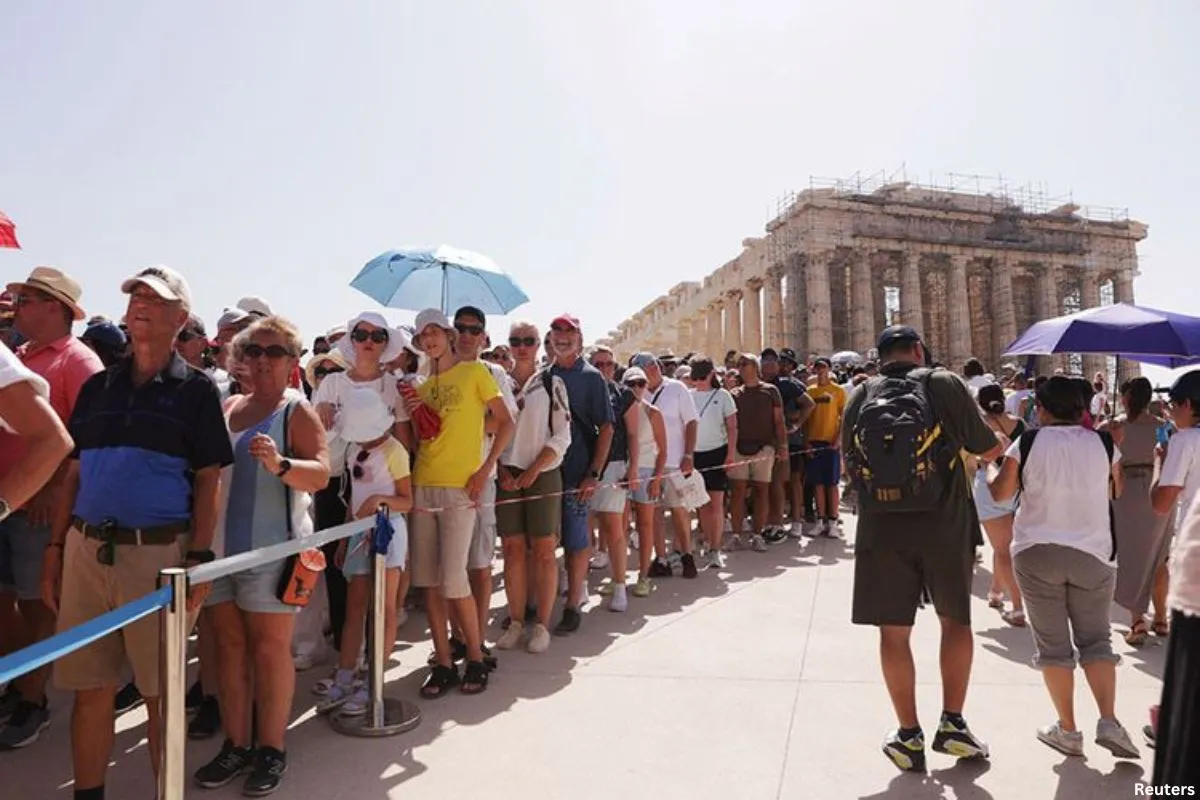Starting next month, visits to the Acropolis of Athens, Greece’s most popular archaeological site, will be capped at a maximum of 20,000 daily and subject to varying hourly entry limits, according to the Greek government. The move is aimed at preventing bottlenecks and overcrowding at the UNESCO World Heritage site, as the monument complex has been receiving as many as 23,000 visitors a day, mainly large groups arriving before noon.
During an interview with the Real FM radio network, Culture Minister Lina Mendoni said: “Obviously tourism is desirable for the country, for all of us. But we must work out how excessive tourism won’t harm the monument.” The new entry limits will be implemented on a trial basis from September 4 and will be permanently in effect from April 1, 2024. There will be no limit on the duration of visits, but it’s noted that people on organized tours or from cruise ships, accounting for about 50% of the daily visitors, typically spend around 45 minutes at the site.
To distribute visitors more evenly throughout the day, different numbers of visitors will be allowed to enter hourly during the Acropolis’ 8 a.m.-8 p.m. opening hours. Currently, half of the foot traffic arrives between 8 a.m. and noon. Under the new system, 3,000 people will be granted access from 8-9 a.m., 2,000 during the next hour, and varying numbers during the rest of the day.
“The measure will address the need to protect the monument, which is the main thing for us, as well as (improving) visitors’ experience of the site,” the Culture Minister added.
Similar visitor caps will also be applied to other popular archaeological sites in Greece. The decision came after consultations with tour and cruise operators, with delays due to the June 25 general election.
In addition to capping daily visits, Greek authorities previously closed access to the Acropolis and other ancient sites during midday hours to protect visitors from extreme heat during a heatwave. They also installed awnings for sun protection for those queuing to see the Acropolis’ 5th-century B.C. temples, and such measures may be repeated if necessary. Last year, more than 3 million people visited the Acropolis, making the implementation of these measures essential for preserving the site’s cultural heritage and ensuring a better experience for visitors.











